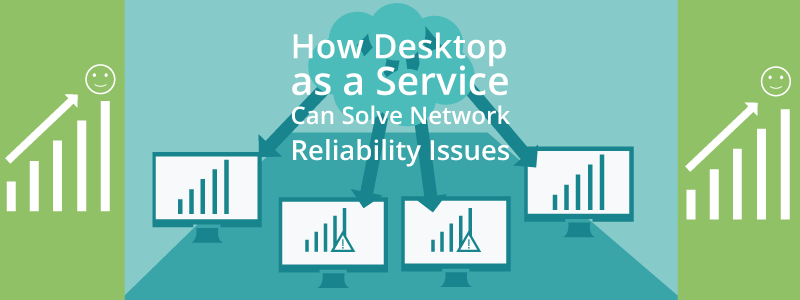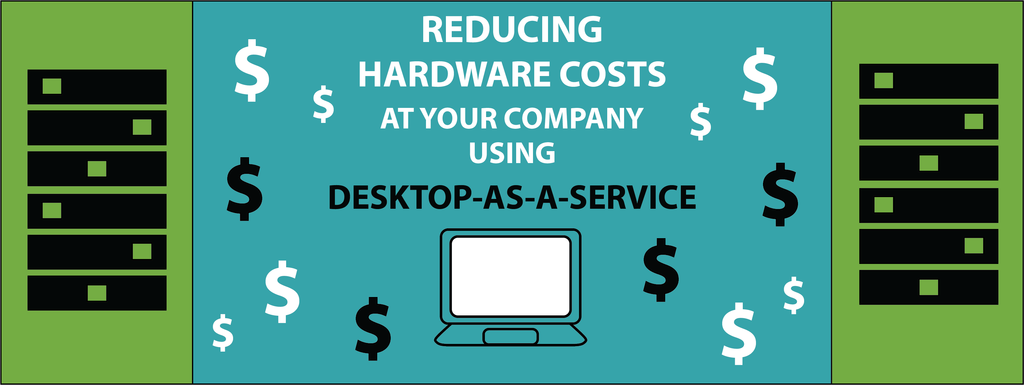Virtual Desktop Infrastructure (VDI) can bring a great number of benefits to your business, including equivalent computing power for all your machines, increased security, centralized IT services, ease of installation, and cost-effectiveness. But it is important to note that these benefits will only appear as, and when, your business is truly prepared to embrace and work with VDI. There are a number of questions to consider before, and as, you transition to a VDI architecture.
First, ask yourself how much storage you need. Treating your VDI like a bunch of remote desktops that all need 60GB of storage is a great way to pay through the nose for an immense amount of virtual storage you probably don’t need. Understand that since your storage is now centralized, you can look at storage holistically, rather than individually, and save both storage space and money.
Also, check your applications and operating system(s) to make sure that they will all operate from a remote base. Since a lot of applications are designed to work with local machines, this is an important question to explore. If all your apps are local, can you work with them to make them work remotely?
Finally, it’s a good idea to look into your offline alternatives. VDIs are fantastic, but if you lose connection to your main server (during a power outage, or if a server goes down), you’ll want to have some way to continue working until the connection can be restored.
For more information on VDI benefits and preparation, call CyberlinkASP at (972) 262-5200.







